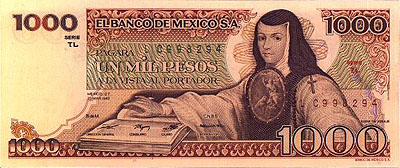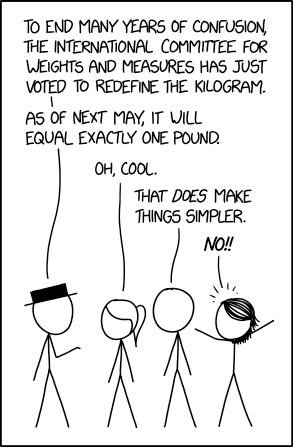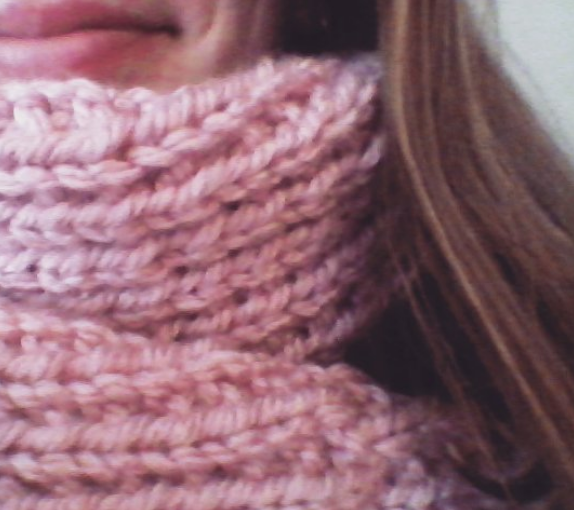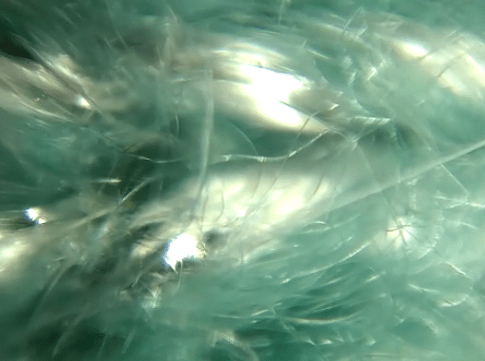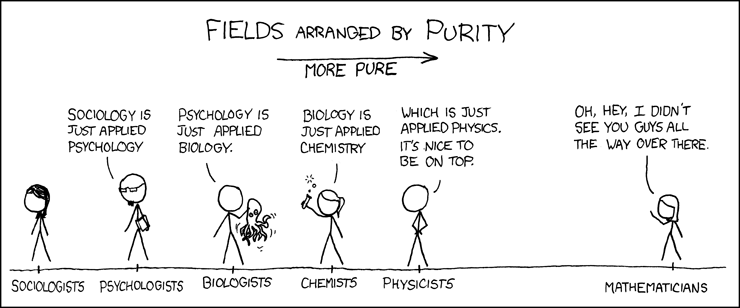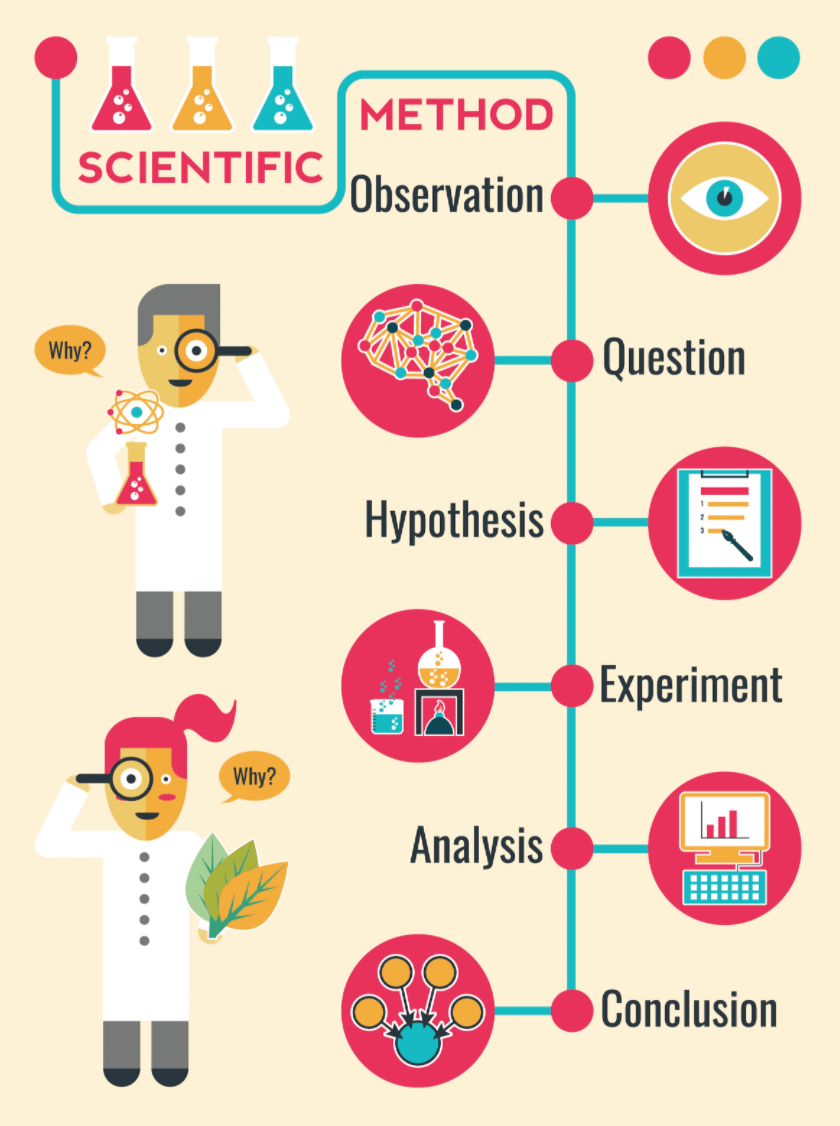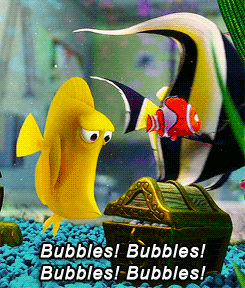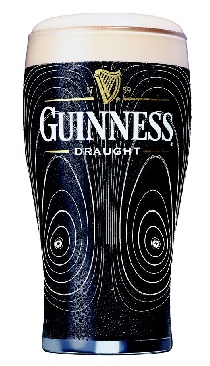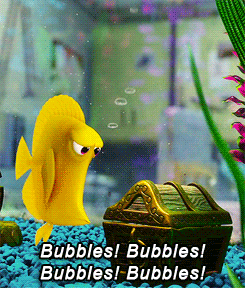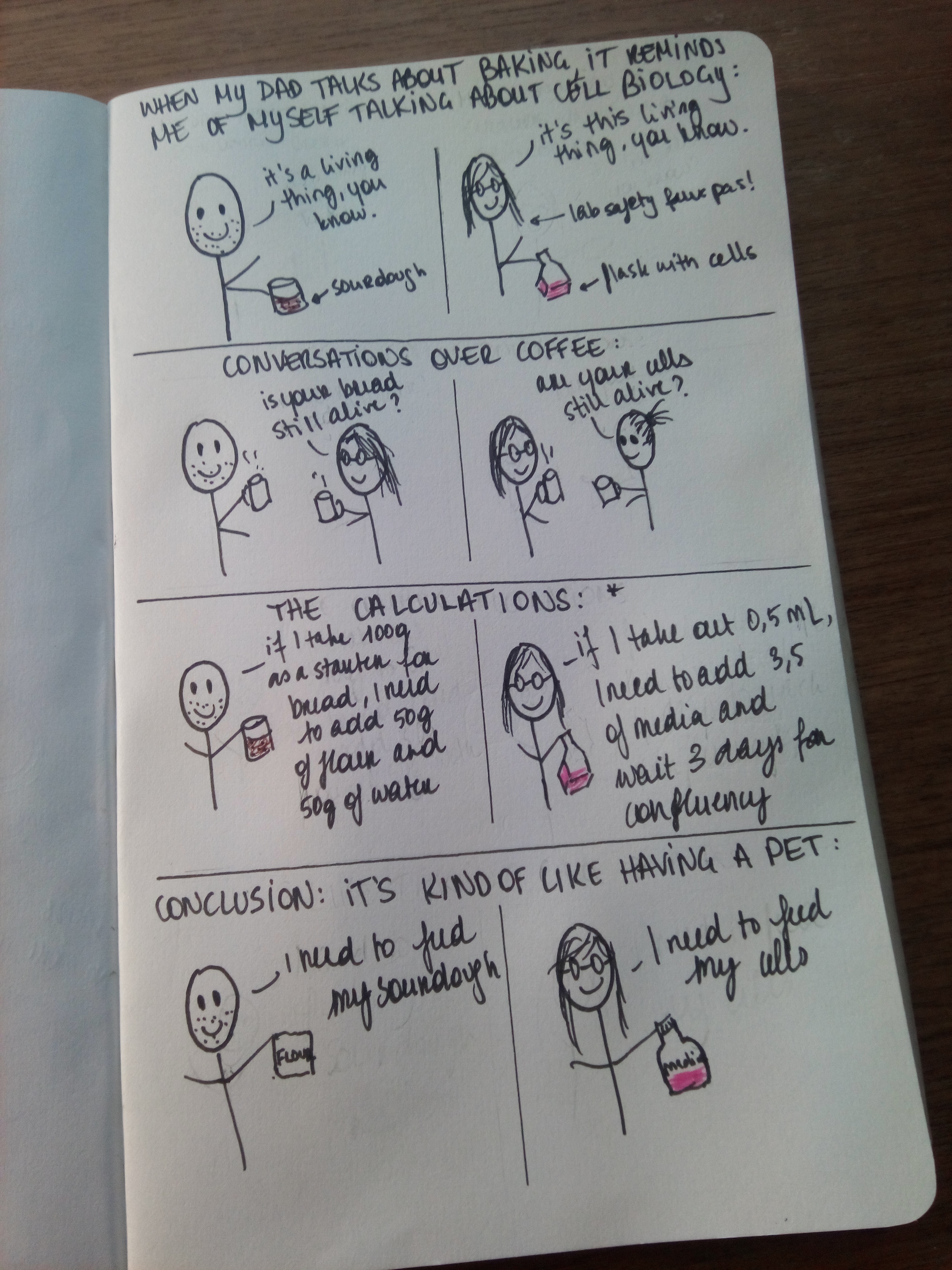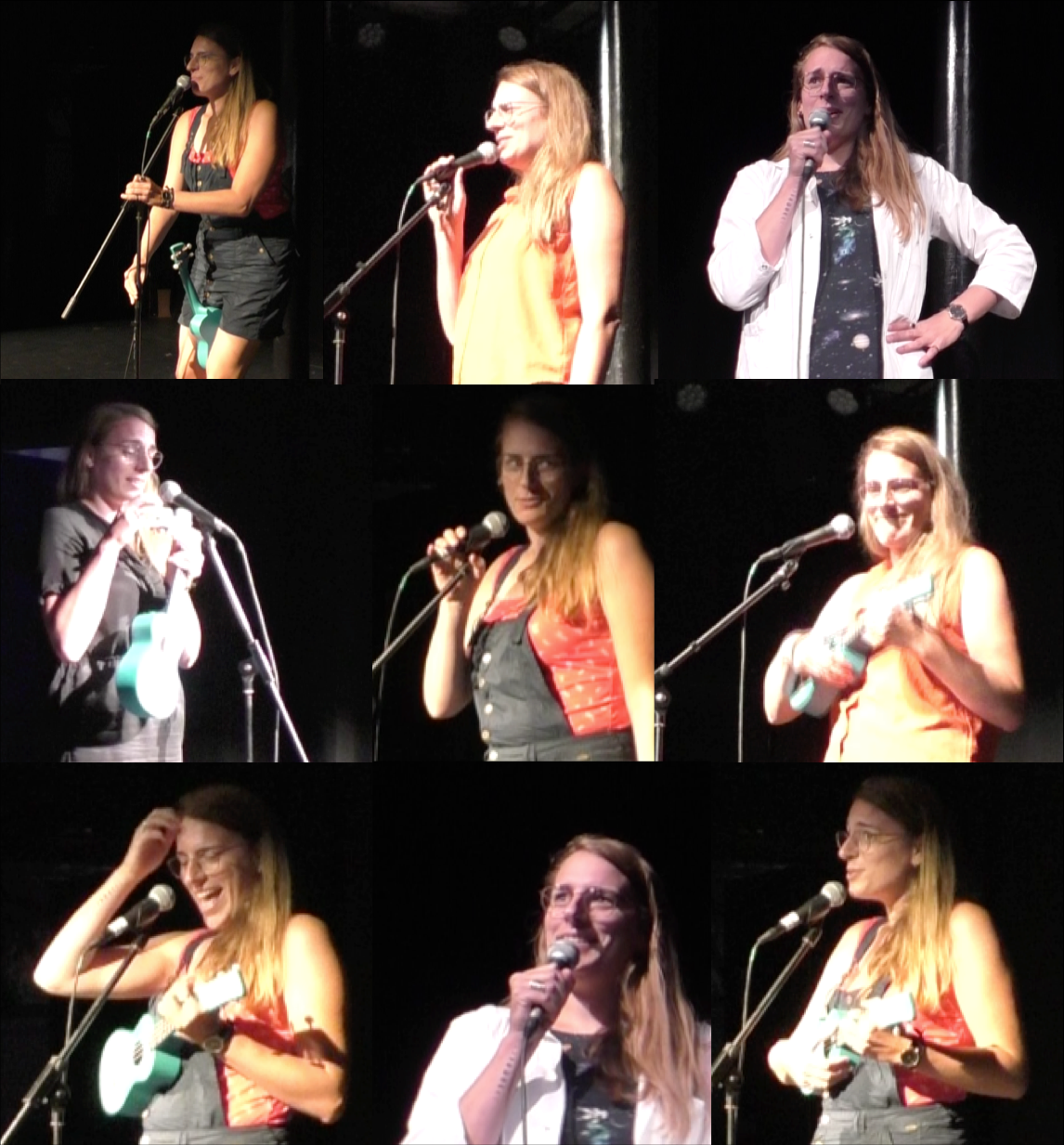Since I first gained the use of reason my inclination toward learning has been so violent and strong that neither the scoldings of other people … nor my own reflections … have been able to stop me from following this natural impulse that God gave me. He alone must know why; and He knows too that I have begged him to take away the light of my understanding, leaving only enough for me to keep His law, for anything else is excessive in a woman, according to some people. And others say it is even harmful.
I read this quote in Contact by Carl Sagan. It was written by Juana Inés de la Cruz in her Reply to the Bishop of Puebla in 1691. The Bishop had attacked her scholarly work as being inappropriate for a woman; while he claimed to agree with her views, he didn’t think them appropriate for her sex. Rather than writing, she should devote her life to prayer, an endeavor much more suitable for a woman.
Aargh. 17th century clergymen are just the worst.
We’d better talk about this amazing woman then:
Juana Inés de la Cruz lived in (what was then New Spain but what is now) Mexico in the 17th century and was a self-taught polyglot (my favorite type of inspirational people). She studied scientific thought and philosophy, she was a composer and a poet, all in an age long before women were allowed to do anything involving using their brain.
If we may believe the stories, Juana started teaching herself at a young age by hiding to read her grandfather’s books. She supposedly learned how to read and write Latin at the age of three. At the age of 16 she had asked her mother’s permission to disguise herself as a man so she could study in some avant la lettre version of She’s the Man; but her mom wouldn’t let her so she had to continue to study in secret. But by then, she already knew Latin, Greek, Nahuatl, and accounting – the most important language of them all *ahem*.
In 1669, she became a Hieronymite nun so she could study in freedom – other monasteries were a lot more strict and wouldn’t allow her to pursue her passion for knowledge, philosophy, and writing. As a nun, she would write on the topics of religion, feminism, and love; often criticizing the hypocrisy of men and defending women’s right to education. In Reply to Sister Philotea, she wrote:
Oh, how much harm would be avoided in our country [if women were able to teach women in order to avoid the danger of male teachers in intimate setting with young female students.]
[Such hazards] would be eliminated if there were older women of learning, as Saint Paul desires, and instructions were passed down from one group to another, as in the case with needlework and other traditional activities.
Okay, now I’m imagining needlework maps of our universe. That’d be cool.
Unfortunately, this story has an unhappy ending. According to some sources, rather than being censored by the church, Sister Juana decided to stop writing and sell all her books, musical instruments, and scientific tools. Other sources claim that her belongings were confiscated by the bishop due to her defiance towards the church. Nevertheless, a lot of her writings have gone lost and soon later, in 1695, after caring for other nuns with the plague.
There’s a lot of humdrum about inspirational women, in science or not, nowadays. With a lot of books with inspiring stories, such as Rachel Ignotofsky’s Woman in Science, finding empowering role models has never been easier. And I love it. Showing an as diverse possible range of inspirational historical figures provides everyone with role models than can identify with and aspire to. However, I have noticed that my knowledge of inspirational women is primarily European-based. So this is me trying to change that.

________________________________________________________
Soucre: ye old trustworthy


